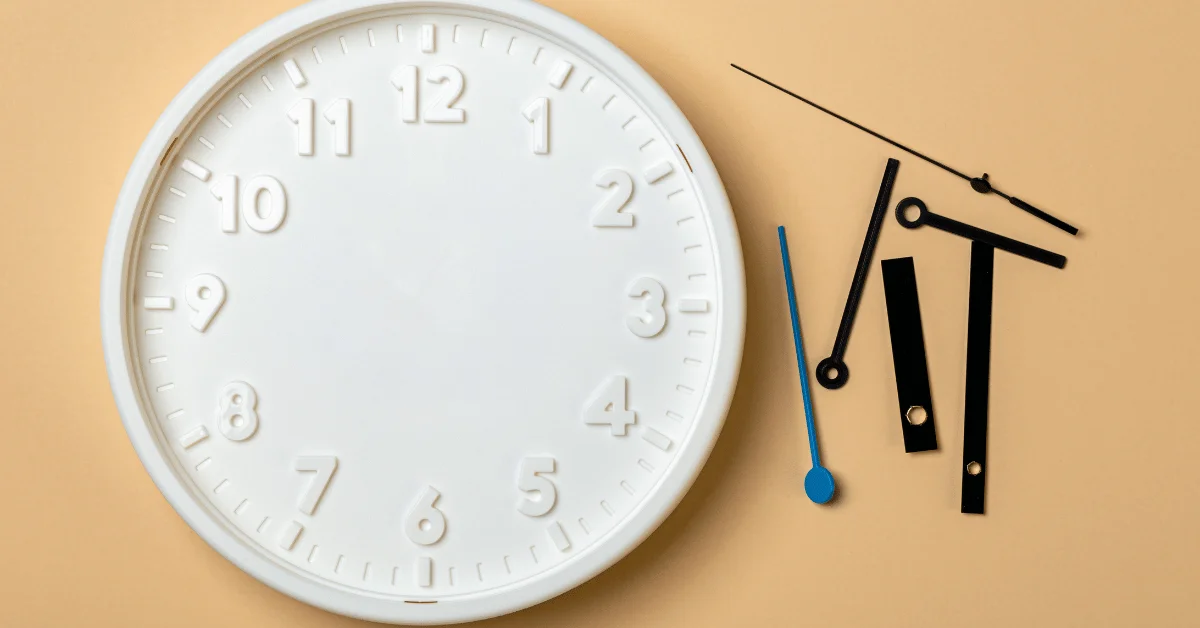Minimalism has become a popular trend in interior design, and it’s not surprising that it has also influenced clock design.
Minimal clocks are becoming increasingly popular due to their sleek and simple design. These clocks are perfect for those who appreciate the beauty of simplicity and want to add a touch of elegance to their space.
Minimal clocks come in different styles and designs, but they all share the same basic principles of simplicity and functionality. They have a clean and uncluttered look that can blend well with any interior design style. Some minimal clocks have a relaxing aesthetic that can help to create a peaceful and calming ambiance in your space.
In this article, we will explore the history of minimal clock designs, the types of minimal clocks available, and the design principles that make them unique. We will also discuss the functionality and features of minimal clocks, how to choose the right one for your space, and some popular brands and designers.
Key Takeaways
- Minimal clocks are becoming increasingly popular due to their sleek and simple design.
- Minimal clocks have a clean and uncluttered look that can blend well with any interior design style.
- Minimal clocks can help to create a peaceful and calming ambiance in your space.
History of Minimal Clock Designs
Minimal clock designs have become increasingly popular over the past few decades, with their clean lines and simple aesthetic appealing to many people. In this section, we will explore the evolution of clock design from traditional to minimal, as well as the influence of minimalism on timekeeping .
Evolution from Traditional to Minimal
Clocks have been around for centuries, with early designs featuring intricate details and ornate decorations. As time progressed, clock designs became more streamlined, with a focus on functionality rather than aesthetics. However, it wasn’t until the mid-20th century that minimalism began to influence clock design.
One of the earliest examples of minimal clock design is the wooden clock, which first gained popularity in the 1950s. These clocks were often made from natural materials such as wood and featured simple, geometric shapes. They were designed to be functional yet unobtrusive, blending seamlessly into any room.
As the minimalist movement gained traction in the 1960s and 70s, clock designers began to experiment with even simpler designs. Clock faces were stripped down to their most basic elements, with numbers and markings reduced to a minimum. The focus was on creating a clock that was easy to read and unobtrusive, with no unnecessary distractions.
Influence of Minimalism on Timekeeping
The influence of minimalism on clock design has been significant, with many modern clocks featuring clean lines and simple geometric shapes. The use of natural materials such as wood and stone has also become increasingly popular, as designers seek to create clocks that blend seamlessly into their surroundings.
In addition to their aesthetic appeal, minimal clocks also offer practical benefits. Their simple designs make them easy to read, even from a distance. They are also less likely to break or malfunction, as there are fewer moving parts to wear out or break down.
Overall, the evolution of clock design from traditional to minimal has been a fascinating journey, with designers constantly pushing the boundaries of what is possible. Whether you prefer a classic wooden clock or a modern minimalist design, there is sure to be a clock out there that suits your taste and style.
Types of Minimal Clocks
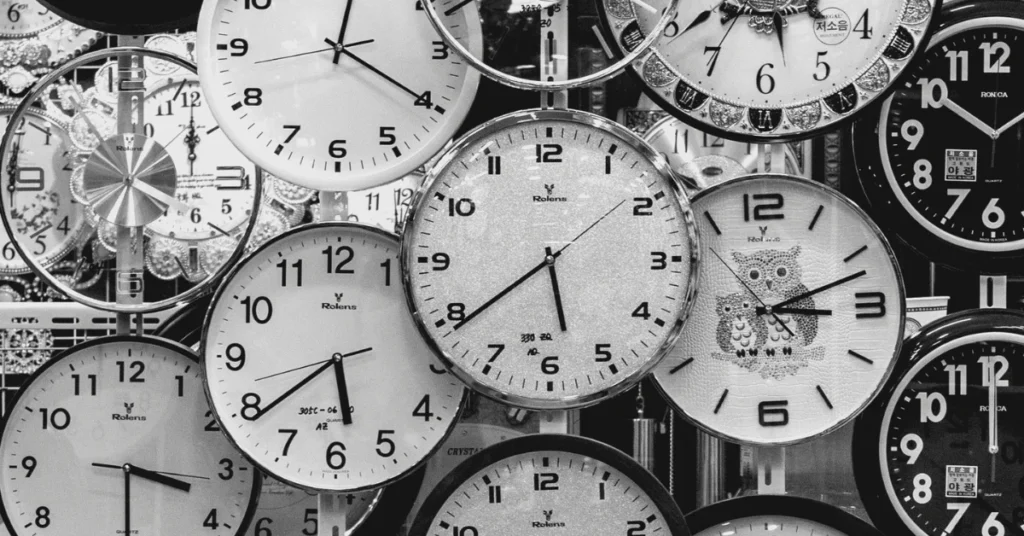
Minimal clocks come in various types and styles. In this section, we will discuss the three main types of minimal clocks: digital minimal clocks, analog minimal clocks, and flip clocks.
Digital Minimal Clocks
Digital minimal clocks are modern and sleek, with a clean and minimalist design. They are ideal for those who prefer a digital display and want to keep things simple. Digital minimal clocks are available in various sizes and shapes, from small bedside clocks to large wall clocks. They often have LED displays that are easy to read and offer various features such as alarm, date, and temperature display.
Analog Minimal Clocks
Analog minimal clocks are timeless and classic, with a simple and elegant design. They are perfect for those who prefer a traditional clock face and want to keep things minimal. Analog minimal clocks are available in various styles and materials, such as wood, metal, and plastic. They often have a silent sweep movement, which means they do not make any ticking noise, making them ideal for bedrooms and quiet spaces.
Flip Clocks
Flip clocks are a retro-style clock that uses flip cards to display the time. They have a unique and minimalist design that is perfect for those who want to add a vintage touch to their home decor. Flip clocks are available in various sizes and colors, from small desk clocks to large wall clocks. They often have a silent movement, making them ideal for quiet spaces.
Design Principles of Minimal Clocks
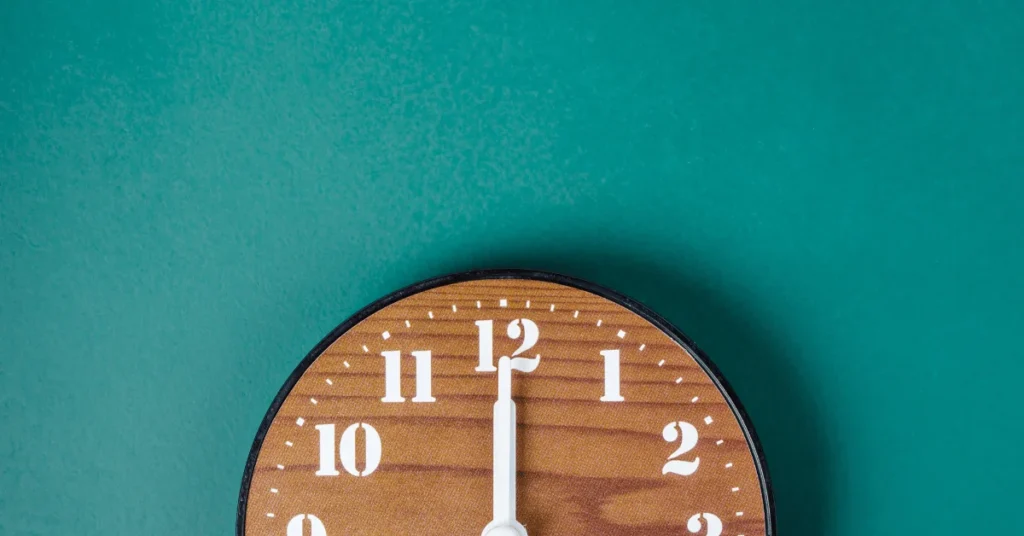
Minimal clocks are designed with the intention of being simple, functional, and aesthetically pleasing. In this section, we will explore the design principles that make up the foundation of minimal clocks.
Simplicity in Form and Function
The first and most important principle of minimal clocks is simplicity. The form and function of the clock should be stripped down to its most basic elements, without any unnecessary embellishments. This means that the clock should have a clean and uncluttered design, with a focus on the essentials.
Material and Color Choices
Minimal clocks are often made from high-quality materials, such as wood, metal, or glass. The choice of material is important, as it can affect the overall aesthetic and durability of the clock. In addition, minimal clocks often feature a limited color palette, with a focus on neutral tones such as black, white, and gray. This helps to create a cohesive and understated look.
Typography and Readability
Typography is an important aspect of minimal clock design, as it can greatly affect the readability of the clock. Minimal clocks often feature simple, sans-serif fonts that are easy to read at a glance. The size and placement of the numbers should also be carefully considered, to ensure that they are easily visible from a distance.
Functionality and Features
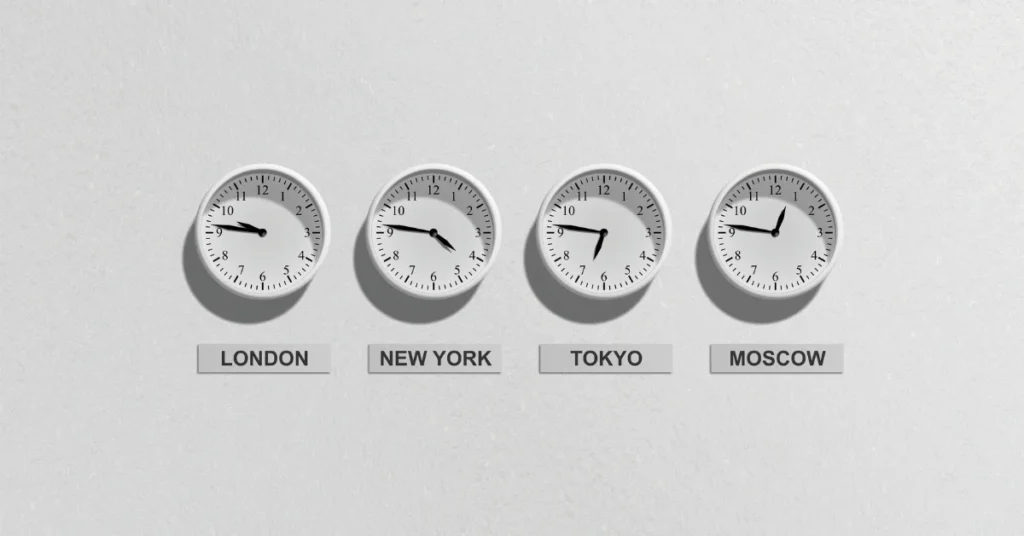
Timers and Alarms
Minimal clocks offer a wide range of timer and alarm options, making it an ideal addition to any home or office. With multiple timer settings, you can easily set reminders for important tasks or events. The alarm feature is easy to use and allows you to wake up to your favorite tunes or a gentle chime.
Smart Integration
Ideally, minimal clocks seamlessly integrate with your smart home devices, allowing you to control it with your voice or through your smartphone. You can easily set alarms and timers without ever having to touch the clock. This feature makes it an excellent choice for those who want to simplify their lives and streamline their routines.
Choosing a Minimal Clock for Your Space
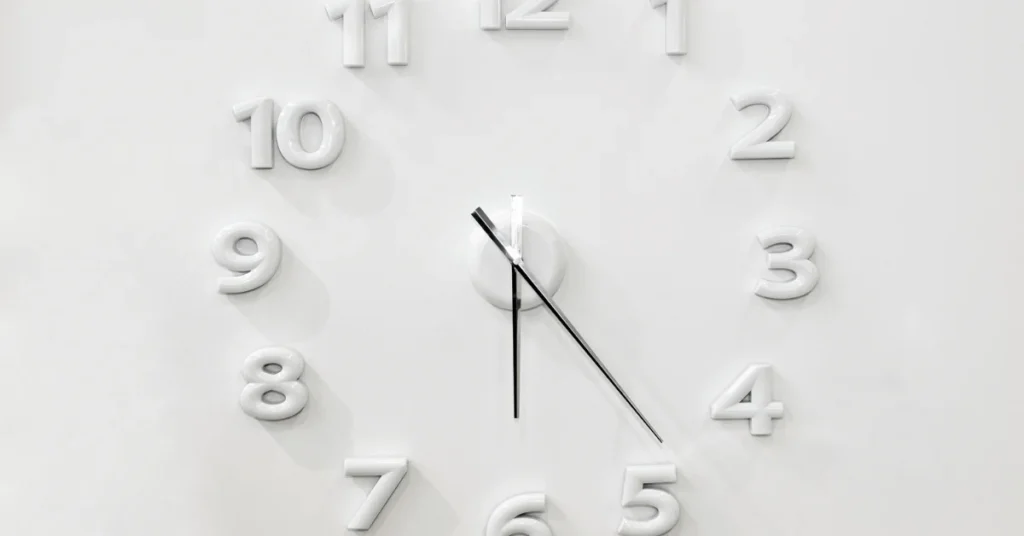
Whether you are looking for a clock for your home or workplace, there are certain factors that can help you make the right choice. Here are some considerations to keep in mind:
Considerations for Home Use
When selecting a minimal clock for your home, it is important to choose a design that complements your interior decor. Consider the color scheme and style of your space, and choose a clock that fits in seamlessly. Additionally, you may want to consider the size and placement of the clock. A larger clock can make a statement on a blank wall, while a smaller clock can be a subtle addition to a bookshelf or desk.
Selecting for the Workplace
In an office or workplace setting, a minimal clock can be a useful tool for keeping track of time and staying on schedule. When choosing a clock for the workplace, consider the needs of your team. A clock with large, easy-to-read numbers can be helpful for those with visual impairments, while a clock with a silent sweep second hand can minimize distractions in a quiet workspace.
Complementing Interior Design
Whether you are selecting a clock for your home or office, it is important to consider how it will fit in with your overall interior design. A clock with a sleek, minimalist design can complement a modern or contemporary space, while a clock with a more traditional style can add warmth and character to a classic decor scheme.
In order to ensure that you find the perfect minimal clock for your space, take the time to consider your needs and preferences, as well as the overall look and feel of your environment. With a little bit of research and careful consideration, you can find a clock that is both functional and stylish, and that enhances the overall aesthetic of your space.
Popular Minimal Clock Brands and Designers
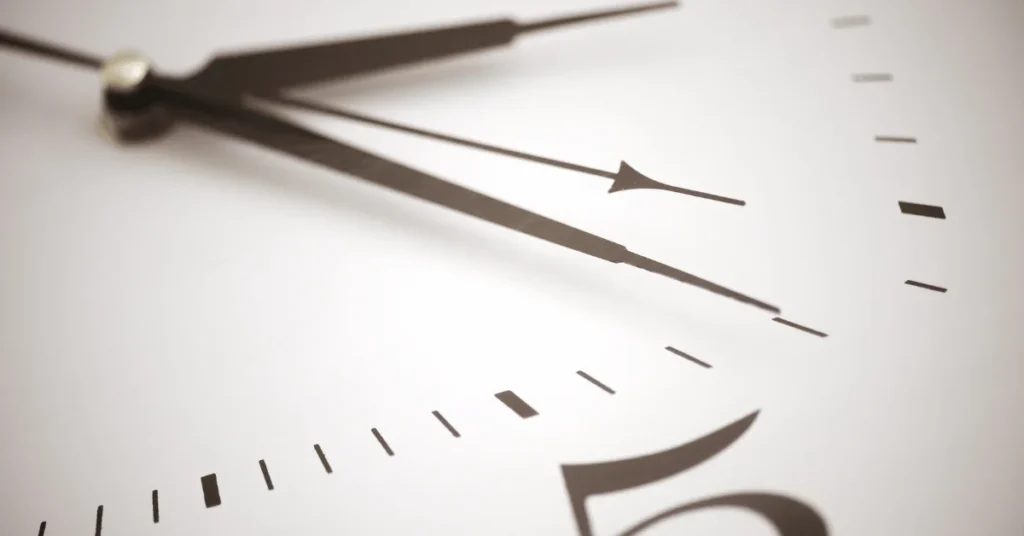
Minimalist clocks have become increasingly popular in recent years due to their sleek and simple designs. Here are some of the most notable brands and designers in the minimal clock industry.
Notable Brand Histories
Logos
Logos is a Japanese brand that specializes in creating minimalist clocks with a focus on functionality. Their clocks often feature clean lines and simple shapes, making them a popular choice for those who appreciate minimalism.
@mijorus
@mijorus is a small independent brand that creates handmade minimalist clocks. Their clocks often feature natural materials such as wood and stone, giving them a unique and organic feel.
Designer Spotlights
Dieter Rams
Dieter Rams is a German industrial designer who is known for his work with Braun and his principles of good design. His minimalist clock designs are characterized by their simplicity and functionality, and have become iconic in the world of design.
Naoto Fukasawa
Naoto Fukasawa is a Japanese industrial designer who has worked with brands such as Muji and Herman Miller. His minimalist clock designs often feature rounded shapes and soft colors, creating a calming and peaceful atmosphere.
Overall, these brands and designers have made a significant impact on the world of minimal clock design, and continue to inspire new generations of designers and consumers alike.
DIY Minimal Clock Projects
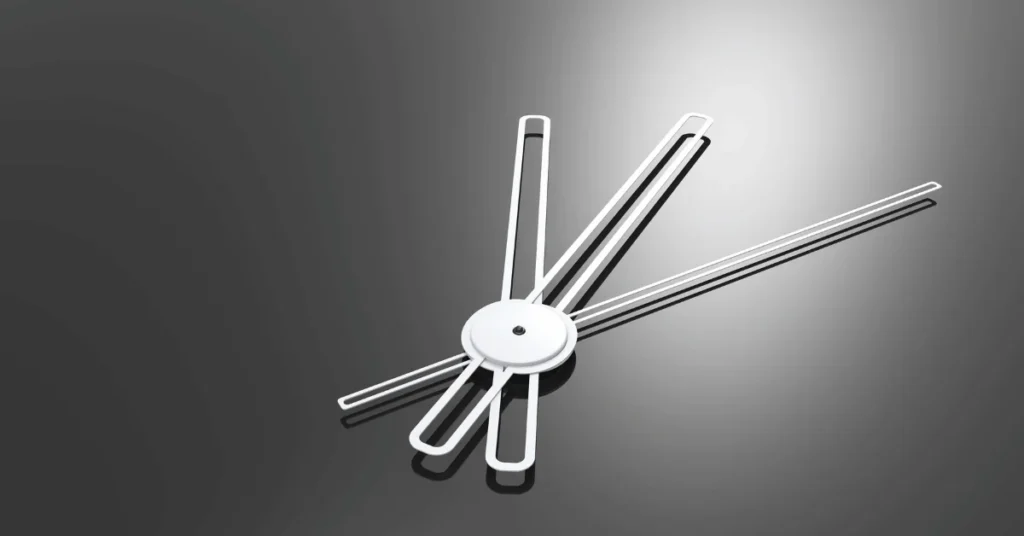
If you are looking to add a touch of minimalism to your home or office, a DIY minimal clock project is the perfect solution. With just a few materials and tools, you can create a stylish and functional clock that will complement any decor.
Materials and Tools Required
To create a DIY minimal clock, you will need the following materials and tools:
- Clock movement kit
- Clock hands
- Clock face (can be made from a variety of materials such as wood, acrylic, or metal)
- Adhesive (such as glue or double-sided tape)
- Measuring tape
- Pencil
- Scissors or utility knife
- Sandpaper or file (if using a wooden clock face)
Step-by-Step Creation Guide
- Begin by selecting the material you want to use for your clock face. If you are using wood, sand the surface smooth and apply a finish if desired. If you are using acrylic or metal, make sure the surface is clean and free of any scratches or blemishes.
- Measure and mark the center of your clock face. This is where you will attach the clock movement kit.
- Use the adhesive to attach the clock movement kit to the back of your clock face, making sure it is centered.
- Attach the clock hands to the front of the clock face, following the instructions provided with the clock movement kit.
- Install a battery into the clock movement kit and set the time.
- Hang your new DIY minimal clock on the wall using a picture hanger or other appropriate hardware.
Creating a DIY minimal clock is a fun and easy project that can be completed in just a few hours. Whether you are a DIY enthusiast or an entrepreneur looking to add a unique product to your blog or online store, a DIY minimal clock is a great option. With its simple design and clean lines, it is sure to be a hit with anyone who appreciates minimalist style.
Digital Presence and Resources

As a minimalist clock enthusiast, we understand the importance of staying connected with the community and having access to helpful resources. In this section, we will highlight some of the best online communities and blogs, as well as free resources and tutorials for those looking to learn more about minimal clocks.
Online Communities and Blogs
One of the best ways to stay up-to-date with the latest trends and news in the world of minimal clocks is to join online communities and follow blogs dedicated to the topic. Here are some of our favorites:
- r/minimalclocks: This subreddit is a great place to connect with other minimal clock enthusiasts, share photos of your favorite clocks, and get advice on purchasing decisions.
- Minimalissimo: This blog features beautiful photos and detailed write-ups of some of the most innovative and stylish minimal clocks on the market.
- Design Milk: While not exclusively focused on minimal clocks, this blog covers all aspects of modern design, including clocks. It’s a great resource for discovering new and interesting products.
Free Resources and Tutorials
If you’re interested in learning more about minimal clocks, there are plenty of free resources and tutorials available online. Here are a few of our favorites:
- Free Flipclock Screensaver: This screensaver for Mac features a simple, elegant flip clock that is perfect for anyone looking to add a minimalist touch to their desktop.
- DIY Minimal Clock Tutorial: This tutorial walks you through the steps of building your own minimal clock using just a few basic materials. It’s a great way to get hands-on experience and customize your clock to your exact specifications.
- Minimal Clock Design Guide: This comprehensive guide covers all aspects of minimal clock design, from color palettes to typography. It’s a must-read for anyone looking to create their own clock or improve their design skills.
We hope you find these resources helpful in your quest to learn more about minimal clocks. As always, feel free to share your own tips and resources in the comments below.
Frequently Asked Questions
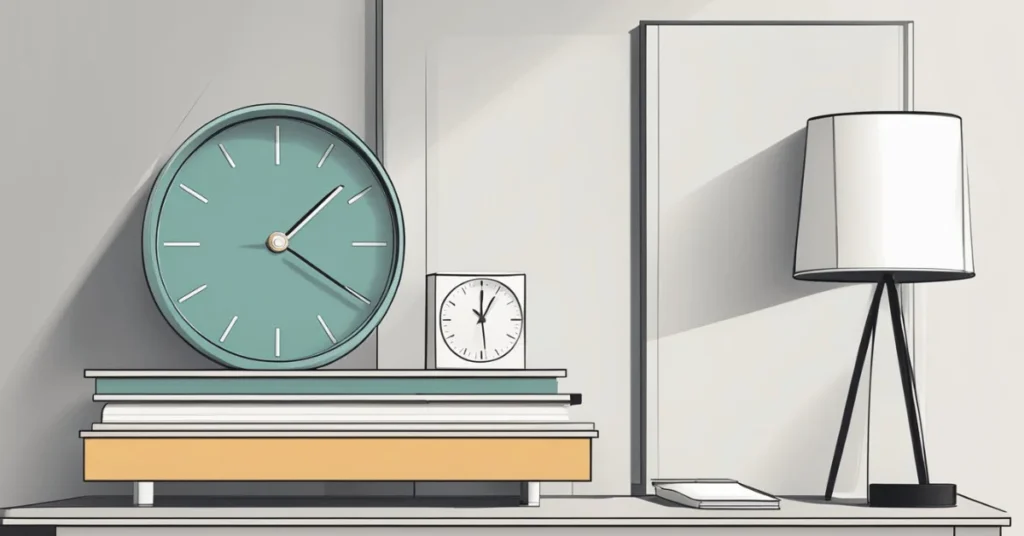
How do we choose the best minimalist wall clock for a modern interior?
When choosing a minimalist wall clock for a modern interior, consider the size, color, and overall design of the clock. A clock that is too small may not be easily visible, while one that is too large may overpower the room. Choose a color that complements the color scheme of the room, and look for a clock with a simple, clean design that matches the minimalist aesthetic.
What are the features of a minimalist digital wall clock?
A minimalist digital wall clock typically features a simple, easy-to-read display with large numbers. It may also include additional features such as a temperature display, alarm clock, and timer. Look for a clock with a sleek, modern design that fits with the minimalist aesthetic.
Where can we find a high-quality minimalist wall clock for our living room?
There are many retailers that offer high-quality minimalist wall clocks, both online and in-store. Some popular options include Amazon, Wayfair, and IKEA. Look for a clock with good reviews and a warranty or return policy in case it doesn’t meet your expectations.
What options are available for a large minimalist wall clock?
Large minimalist wall clocks are available in a variety of styles and designs. Look for a clock with a simple, clean design that matches the minimalist aesthetic, and choose a size that fits the room. Some popular options include oversized metal clocks, wooden clocks, and clocks with large, easy-to-read numbers.
How can we ensure the clock we select operates quietly?
Look for a clock with a silent or quiet movement mechanism. This will ensure that the clock operates without making any distracting ticking noises. Some clocks also feature a sweep second hand, which moves smoothly and quietly around the clock face.
Are there any notable minimalist clock extensions for browsers?
Yes, there are several minimalist clock extensions available for popular browsers such as Chrome and Firefox. These extensions typically display a simple, easy-to-read clock on the browser toolbar or as a new tab page. Some popular options include Clockify, Minimalist Clock, and Simple New Tab.
We’ve explored the elegance of minimalist clocks, but now it’s your turn!
Do you have unique tips or personal touches that enhance your minimalist decor? Share your thoughts and join the conversation in the comments below!

